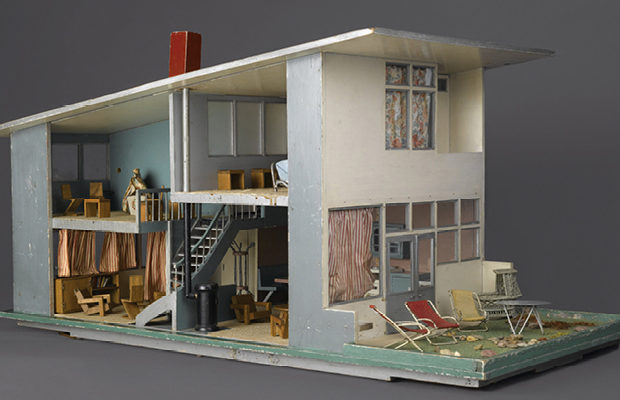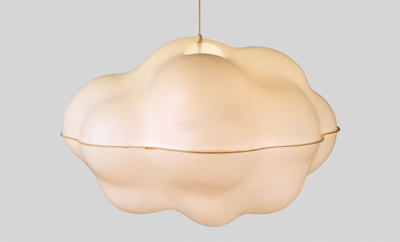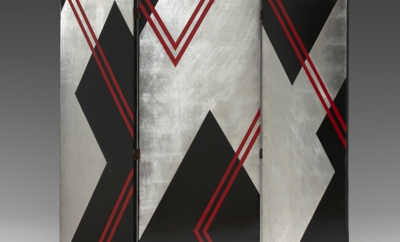Use your ← → (arrow) keys to browse

Gerrit T. Rietveld (1888−1964). DOLL’S HOUSE. Made by Jacobus van Vliet (1922−). Wood, metals, textiles, and other materials. 1952 | GIFT OF MARCUS S. FRIEDLANDER, BY EXCHANGE
GERRIT RIETVELD’S PIONEERING modernism was a major force in the rethinking of both furniture design and architecture in the early twentieth century. His Red Blue chair and Schröder House (1924) are milestones in the schism with the past that led to the modern world. In this disarming doll’s house created in 1952, Rietveld continues to advocate for a modern vision of the world.
The doll’s house was made for the children of Nico and Margreet Jesse, who had sheltered Rietveld during World War II. The friendship that developed led the Jesses to ask Rietveld to design furniture when they renovated their house in Ameide in 1951. Then, on St. Nicholas Day in 1952, the Jesse children received this doll’s house, which had been designed by Rietveld and made by a local carpenter. It is based on an earlier design for a row house and is complete with accessories, working lights, and furniture, including a Zig-Zag chair like the real one Rietveld had designed for their parents.
Like many toys, doll’s houses teach children how to live and behave in the adult world. In offering up the entire domestic world at a glance, they also reflect how objects surround human lives and exert their influence on us—on one hand mirroring how we live and on the other directing how we should live. Here the Jesse children— Wendela, Machteld, Rutger, Anita, and Colette—could envision a pared down lifestyle, surrounded by tasteful objects in the postwar world. They were learning to live modern.
Kevin Stayton
Deputy Director and
Director of Collections History
Brooklyn Museum
Use your ← → (arrow) keys to browse
 Gerrit T. Rietveld (1888−1964) DOLL’S HOUSE Made by Jacobus van Vliet (1922−) Wood, metals, textiles, and other materials 1952 | GIFT OF MARCUS S. FRIEDLANDER, BY EXCHANGE
Gerrit T. Rietveld (1888−1964) DOLL’S HOUSE Made by Jacobus van Vliet (1922−) Wood, metals, textiles, and other materials 1952 | GIFT OF MARCUS S. FRIEDLANDER, BY EXCHANGE













